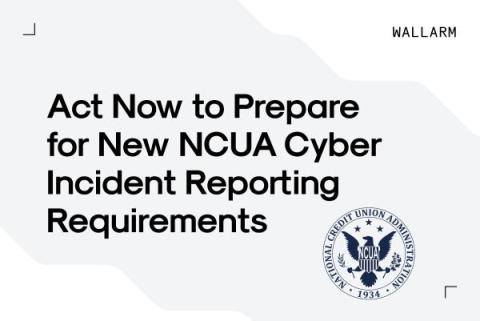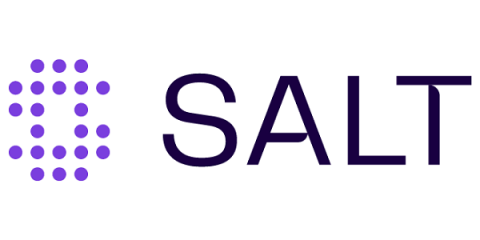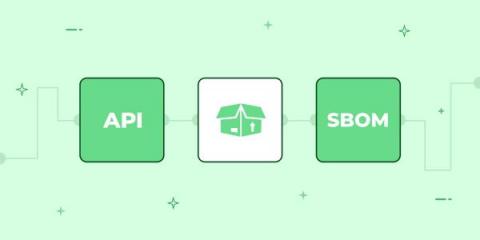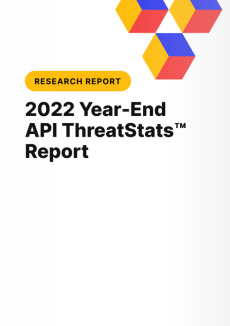Security | Threat Detection | Cyberattacks | DevSecOps | Compliance
August 2023
2023 OWASP Top-10 Series: API5:2023 Broken Function Level Authorization
Welcome to the 6th post in our weekly series on the new 2023 OWASP API Security Top-10 list, with a particular focus on security practitioners. This post will focus on API5:2023 Broken Function Level Authorization. In this series we are taking an in-depth look at each category – the details, the impact and what you can do about it.
API Abuse - Lessons from the Duolingo Data Scraping Attack
It’s been reported that 2.6 million user records sourced from the Duolingo app are for sale. The attacker apparently obtained them from an open API provided by the company. There’s a more technical explanation available here. While we talk a lot about the vulnerabilities in the OWASP API Top-10 and the exploits associated with those vulnerabilities, this incident provides a good reminder that not all vulnerabilities are flaws in code. In fact, this API was working as designed.
API Security Fundamentals
Understanding API Attacks: Why they are different and how to stop them
Act Now to Prepare for New NCUA Cyber Incident Reporting Requirements
We recently discussed the new SEC rule requiring all registered companies to report material cyber incidents within four (4) days.
In the Alleys of Black Hat and DEF CON 2023: The Quiet API Security Crisis
Why No Business in 2023 Can Grow without APIs
Businesses of all sizes are increasingly relying on APIs to connect with their customers, partners, and other systems. APIs, or application programming interfaces, are the building blocks of the modern web, and they allow businesses to share data and functionality in a secure and efficient way. Without APIs, businesses are limited in their ability to innovate and grow. They lack the ability to integrate with other systems, create new products and services, or reach new markets.
Salt Wins Prestigious SC Magazine Award - "Best API Security Solution"
Take Care of Orphan APIs with Wallarm
The Wallarm API Discovery module has been further enhanced to enable customers to identify Orphan APIs and bring them under management. In this post we’ll discuss what Orphan APIs are, why they matter, and how to regain control of your API portfolio.
Wallarm Demo: Orphan and Shadow API Detection
2023 OWASP Top-10 Series: API4:2023 Unrestricted Resource Consumption
Welcome to the 5th post in our weekly series on the new 2023 OWASP API Security Top-10 list, with a particular focus on security practitioners. This post will focus on API4:2023 Unrestricted Resource Consumption. In this series we are taking an in-depth look at each category – the details, the impact and what you can do about it.
Impact of the New SEC Cyber Incident Reporting Rules on the C-Suite and Beyond
We recently hosted a compact and very engaging panel discussion about the new SEC Cyber Incident Reporting Rules due to come into effect later this year. We were fortunate to be joined by two well-known experts: In the post, we will *not* rehash what was said in the panel discussion. If you did not get to attend the live session, we invite you watch it on-demand – it’s 30 minutes well spent!
The Role of API Inventory in SBOM and Cyber Security
Creating a Software Bill of Materials (SBOM) is crucial to software supply chain security management. It helps fortify your software supply chain and reduces the likeliness of your software being exploited. But did you know there's a way to enhance your software's security further? Well, that's when API inventory comes into the picture. Including API inventory in your SBOM can make your software solution more resilient to cyberattacks.
Why is API security the next big thing in Cybersecurity?
APIs, formally known as application programming interfaces, occupy a significant position in modern software development. They revolutionized how web applications work by facilitating applications, containers, and microservices to exchange data and information smoothly. Developers can link APIs with multiple software or other internal systems that help businesses to interact with their clients and make informed decisions.



















